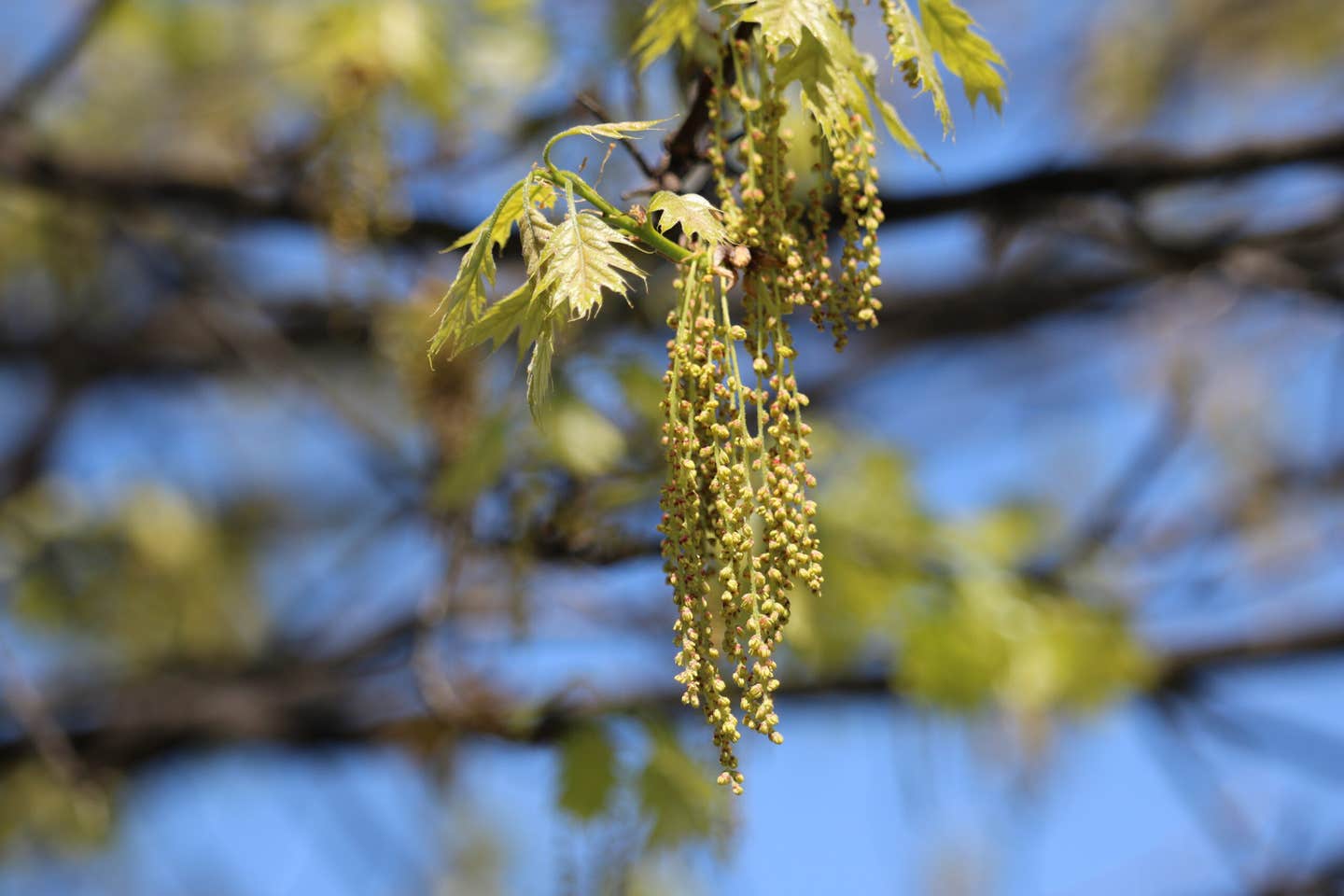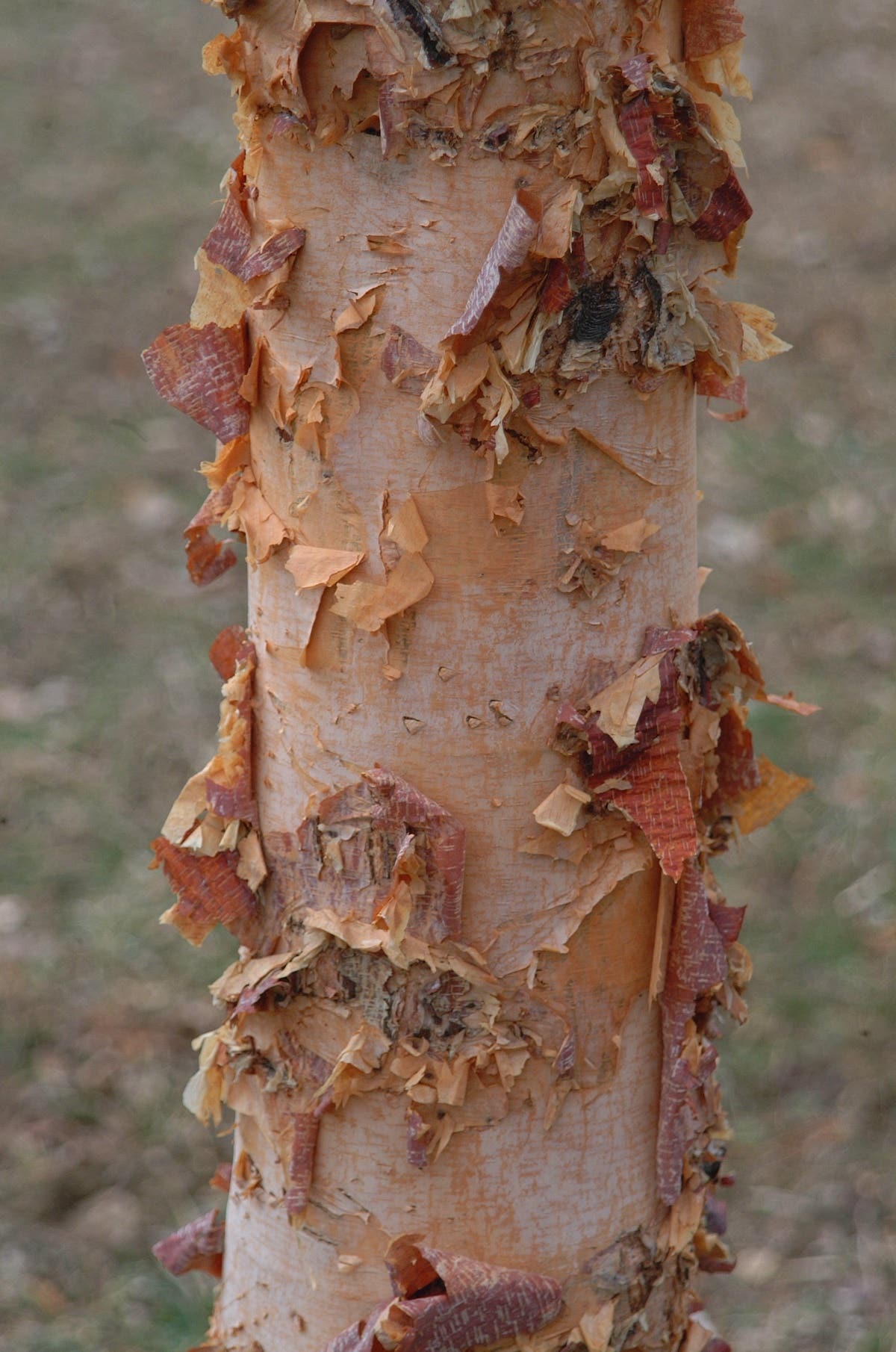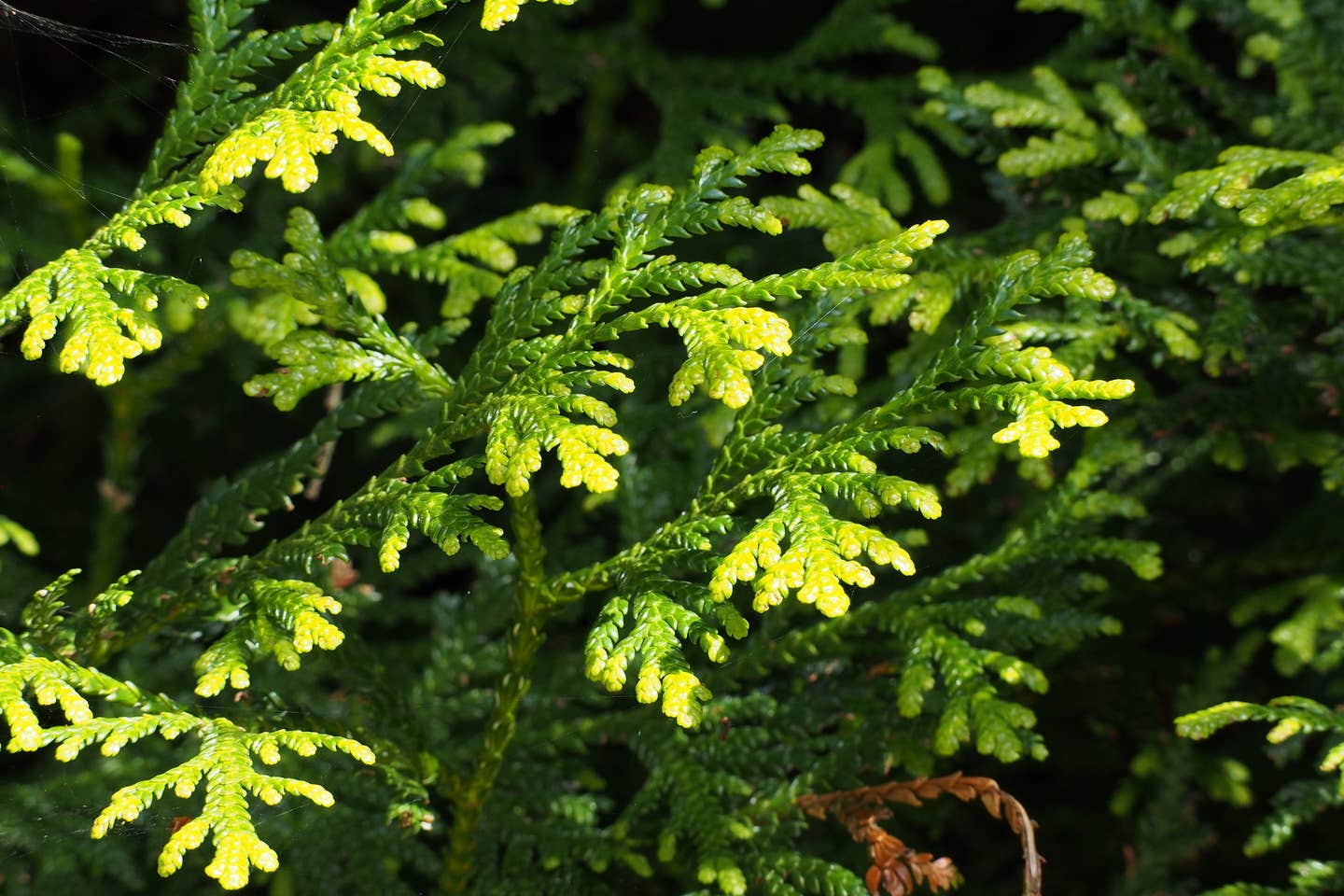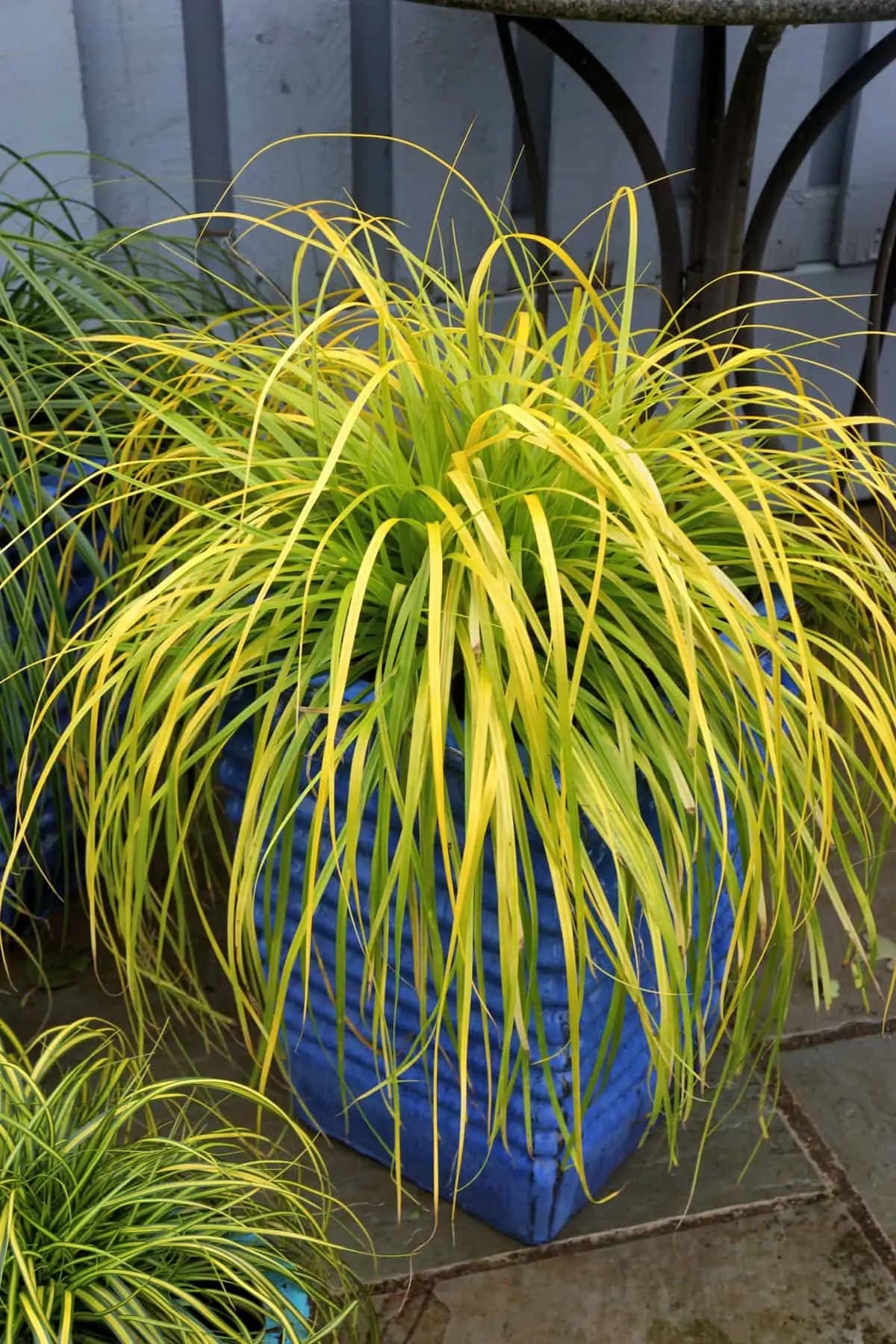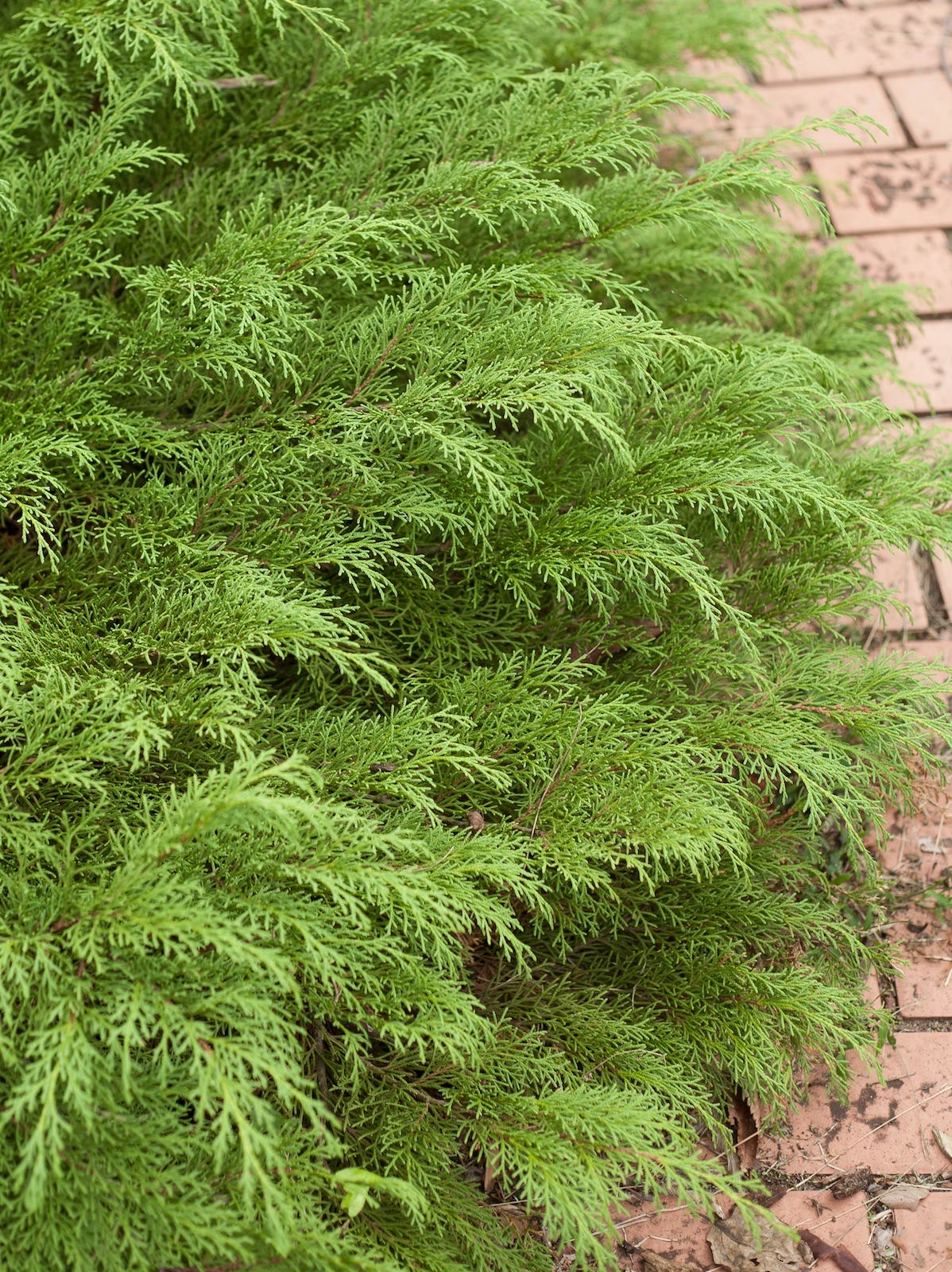American Hornbeam Fits into Small Shade Gardens
Virtues: American hornbeam is a 20- to 35-foot tree that grows in nature as an understory tree of eastern North America. It offers unique visual appeal through its smooth gray…
Virtues: American hornbeam is a 20- to 35-foot tree that grows in nature as an understory tree of eastern North America. It offers unique visual appeal through its smooth gray bark, fluted branches and trunk. It provides bright fall foliage and prime nesting sites for songbirds, which also enjoy its nutlets.
Common name: American hornbeam, musclewood
Botanical name: Carpinus caroliniana
Exposure: Sun or shade
Flowers: The flowers are inconspicuous but they give way to decorartive down-hanging nutlets that ripen in the fall and persist into winter.
Foliage: The toothed oval leaves emerge purple in spring, darken to green for the summer and then turn fiery shades in the fall. American hornbeam is deciduous. Its leaves provide food for the larvae of eastern tiger swallowtail butterflies and red-potted purple butterflies.
Habit: This deciduous tree grows between 20 and 35 feet tall, with a 20 to 30 feet crown width. It may grow with multiple trunks or be pruned to just one trunk. The bark is smooth and gray. Mature trees develop prominent fluting on their trunks and branches, which gives rise to the alternate common name of musclewood.
Origin: Carpinus caroliniana is native to woods, streambanks and flood plains throughout eastern North America
How to grow it: American hornbeam prefers a shady position, but it can tolerate full sun if it receives consistent moisture. It is somewhat tolerant of drought in the shade, but it prefers moist soil. It can tolerate poor drainage. It is best purchased as a balled and-burlapped specimen and planted in spring to give it ample time to establish its spreading root system. USDA Zones 3–9.
Image credit: Katja Schulz, CC BY 2.0 via Flickr



